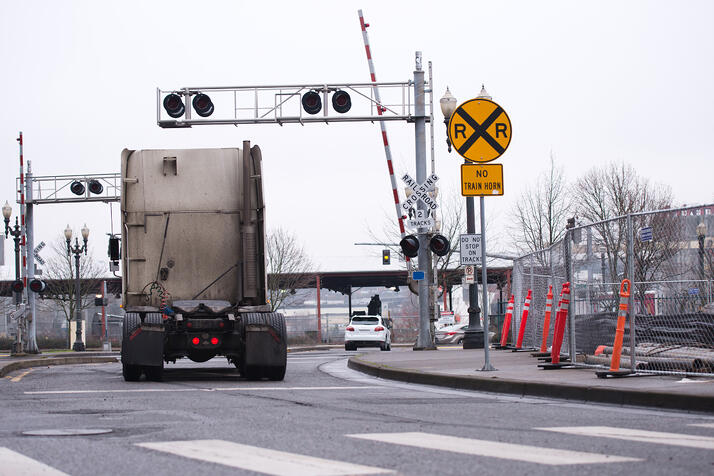Near-Miss Reporting

Near-Miss Reporting systems have been a part of successful safety management programs for several years. They have been used in the aviation industry to collect close call reports from pilots, flight attendants. and air traffic controllers. The National Fire Fighter NearMiss Reporting System was established in 2005. Near-Miss Reports are used in the healthcare industry to help ensure safe operating procedures and treatment practices. Other terms for near misses are "near hit" and close call.
A near miss can be defined as an unplanned event that did not result in injury, illness, or damage. The unplanned event can be the consequence of unsafe acts. unsafe conditions, unsafe equipment, or the use of unsafe equipment. Near misses can be considered a warning and an opportunity for Improvement. When a Near-Miss Report identifies a hazard and prevents a loss, they can be called a "good catch."
W.H. Heinrich, creator of the "safety triangle”, believed that for every 300 near-misses, there are 30 injuries or property damage incidents, and one fatality or serious injury. The Near-Miss Reporting System attempts to identify and correct the 300 near-misses and prevents the more serious occurrences. If you do not investigate and correct near misses, it means that you only take corrective action after a serious loss has occurred. This is a reactive approach and is not good safety management
Before the Near-Miss Reporting system is implemented in your organization, employees should be trained on hazard recognition. Training should consist of defining the various hazard types and identification techniques. The training should also consist of actual facility and equipment inspections.
Once employees have been trained on the Near-Miss Reporting System, they should be provided with forms to record the events. The completed forms should be turned into his/her supervisor or the safety director. It is the responsibility of the supervisor or safety director to address and correct the hazardous condition{s). Corrective measures should be made as soon as possible. Affected employees should be made aware of any changes to their work environment.
Dan Peterson, in his book Authentic Involvement, writes that “safety can only be achieved when both management and employees do it together, when there is confidence and trust existing between them, and when both perceive safety to be a value, not a priority that Is subject to shifts depending on what day it Is." Near-Miss Reports involve all employees in the safety management process. Involvement in the process helps to get “buy in” and strengthens the safety culture.
Contact Great West Casualty Company for more information on Near-Miss Reporting.
If you need to request a truck insurance quote, click here or need to find an agent, click here.




